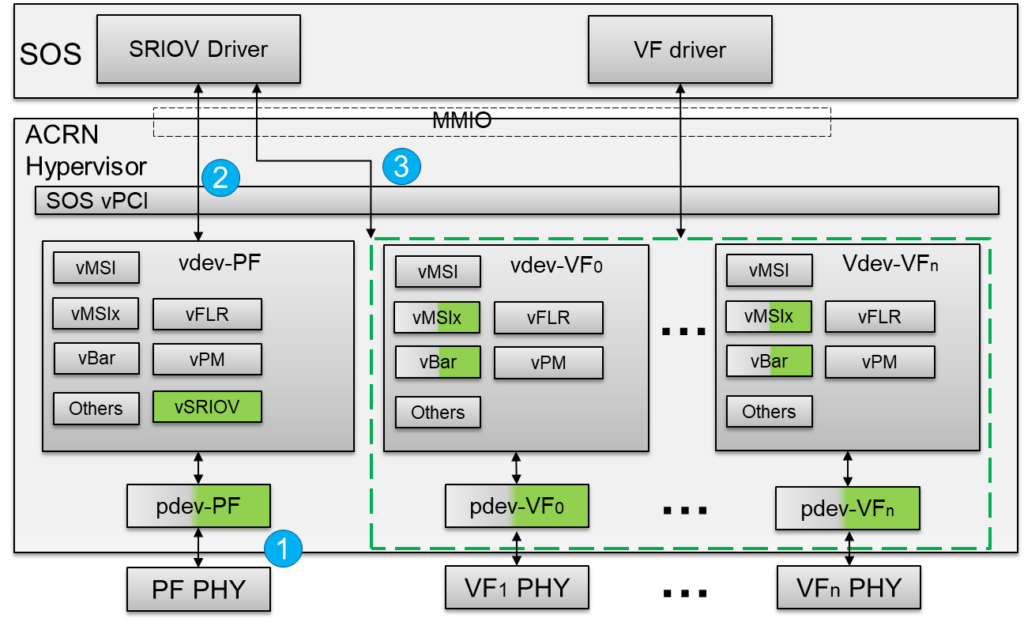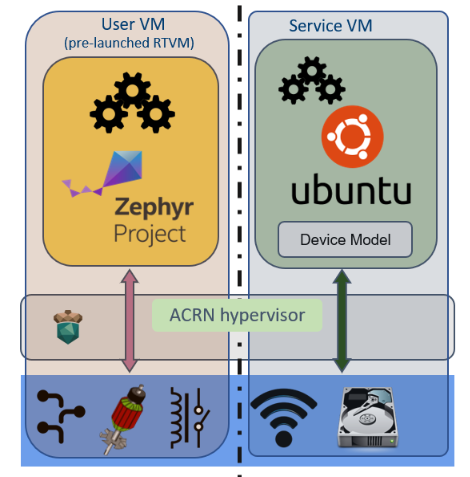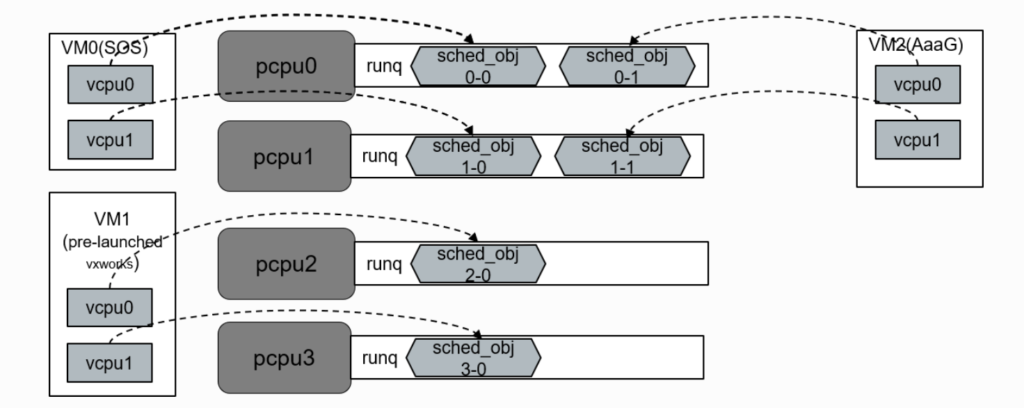ACRN to be used in industrial applications on the Nerve Blue edge computing platform
VIENNA and SAN FRANCISCO, Dec. 9, 2020 — IoT Solutions provider TTTech Industrial today is launching the first commercial product based on the Linux Foundation’s ACRN™ hypervisor for the industrial market. With the latest release of its Nerve Blue industrial edge computing platform, TTTech Industrial is making ACRN 2.0 available to customers in a commercial, fully supported software solution that runs on a variety of Intel processors in an array of industrial applications. ACRN Project members include ADLINK, Aptiv, Intel Corporation, LGE and Neusoft Corporation.
ACRN™ is a flexible, lightweight reference hypervisor built with real-time processing and safety-criticality in mind. When developing ACRN 2.0, the community prioritized three key requirements for hypervisors in the Industrial IoT and edge environments: functional safety, real-time processing and resource sharing for additional flexibility. TTTech Industrial and Intel are actively engaged in the project and have worked together to shape ACRN technology and rapidly integrate it into the Nerve Blue edge computing platform.
“The ACRN community is accelerating embedded development for the integration of heterogenous, real-time applications in edge environments. This milestone really represents what the technical features that set ACRN apart,” said Mike Dolan, General Manager and Senior Vice President of Projects, Linux Foundation. “As the project and integrations mature, we expect even more contributions and innovations to result from this open source collaboration.”
Nerve Blue’s integration of ACRN 2.0 allows it to run PLC software for controlling high-speed machine functions alongside other less time-sensitive software applications on the same hardware platform. Nerve Blue leverages ACRN 2.0’s unique features and optimizations to create special virtual environments that support cycle times down to 500μs for low-latency applications. For example, an injection molding machine containing a standard industrial PC can now be fitted with Nerve Blue software to run its injection pressure control, Human-Machine Interface (HMI), gateway, data analytics, and predictive maintenance functions all on the same device – delivering considerable hardware savings and aiding more efficient machine operation.
“We are very proud to offer the first commercial implementation of ACRN for the industrial market,” says Thomas Berndorfer, Member of the Executive Board, TTTech Industrial. “Nerve Blue already provides users a highly virtualized environment for running machine software on standard industrial PCs. Now with the integration of ACRN 2.0 we have been able to extend our platform to safely and securely host software for controlling the most critical elements within a machine. Nerve Blue together with ACRN 2.0 will make a real impact for our customers as they seek to improve machine efficiency and reduce costs.”
Nerve Blue is available today on Intel Atom processor E3900 series, Intel Celeron processor N3350, and Intel Pentium processor N4200 (Apollo Lake) platforms, 8th Generation Intel Core U-Series (Whiskey Lake) processors. Early next year, Nerve Blue will be available for Intel Atom x6000E Series and Intel Pentium and Celeron N and J Series Processors for Internet of Things (IoT) Applications (Elkhart Lake). A free trial-version of Nerve Blue can be accessed via www.tttech-industrial.com/try-nerve-blue. For a 30-day period, users can experience remote software management and virtualized application hosting for themselves without any need to download special software or set up hardware.
“This collaboration between TTTech Industrial, Intel and Project ACRN will enable the next generation of industrial solutions,” said Brian McCarson, Vice President and Sr. Principal Engineer, Internet of Things Group at Intel Corporation. “The powerful combination of Intel industrial hardware and software platforms and ACRN’s open-source, real-time hypervisor is bringing scalable and reliable solutions to the most demanding real-time applications.”
About the ACRN Project
ACRN is a flexible, lightweight reference hypervisor that is built with real-time and safety-criticality in mind. It is optimized to streamline embedded development through an open source platform. ACRN Project members include ADLINK, Aptiv, Intel Corporation, LGE, and Neusoft Corporation. To learn more about the project, visit projectacrn.org.
The Linux Foundation has registered trademarks and uses trademarks. For a list of trademarks of The Linux Foundation, please see its trademark usage page:www.linuxfoundation.org/trademark-usage. Linux is a registered trademark of Linus Torvalds.
Media Contact
Jennifer Cloer
Story Changes Culture
503-867-2304
jennifer@storychangesculture.com



